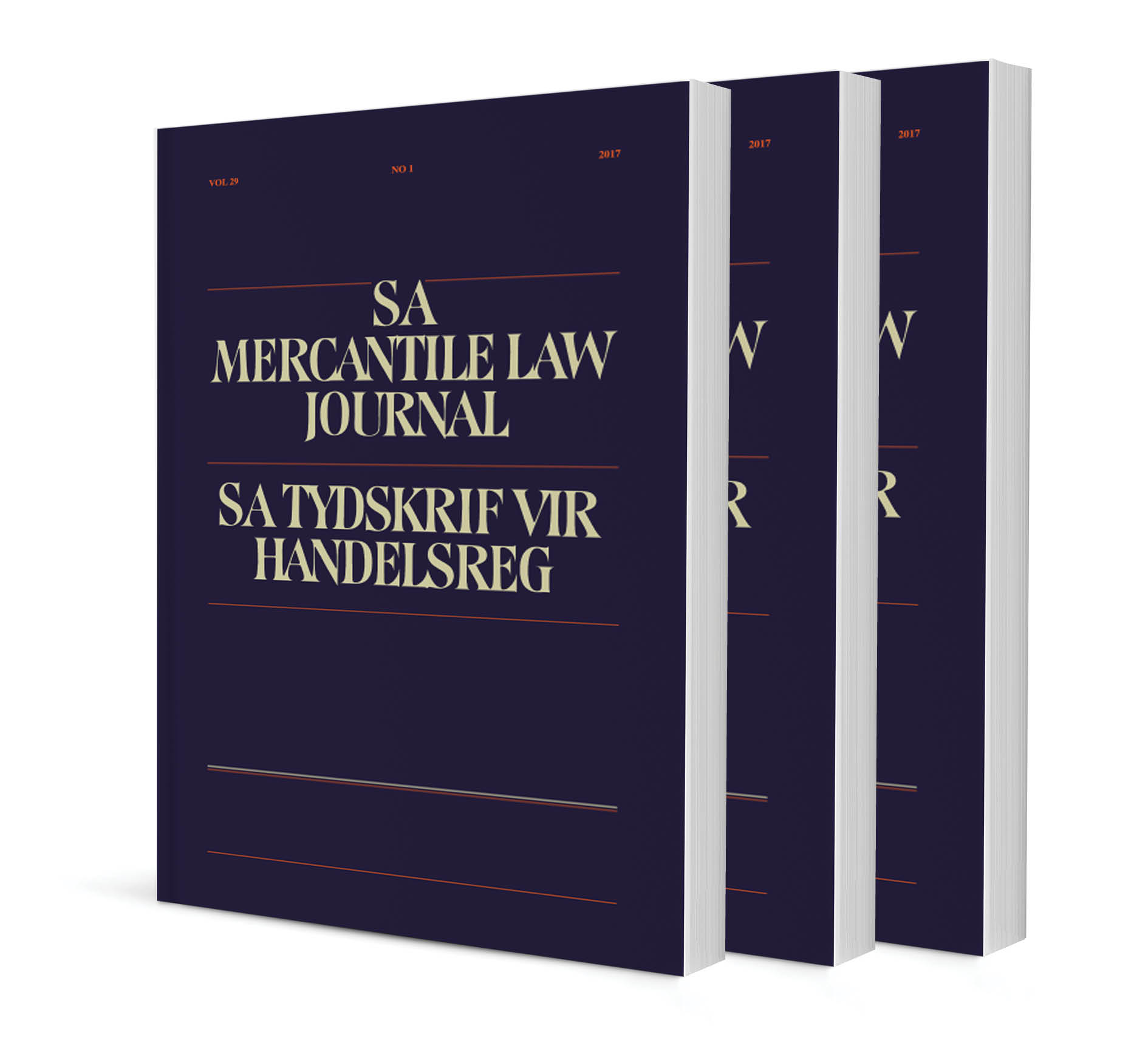A legal analysis of the Nigerian National Inspector General for Tax Crimes Commission Bill, 2022

A legal analysis of the Nigerian National Inspector General for Tax Crimes Commission Bill, 2022
Authors: Oyesola Animashaun & Howard Chitimira
ISSN: 1996-2185
Affiliations: Associate Professor, Faculty of Law, Kwara State University; Research Director, Research Professor and Professor of Securities and Financial Markets Law, Faculty of Law, North-West University
Source: South African Mercantile Law Journal, Volume 36 Issue 2, 2024, p. 203 – 217
https://doi.org/10.47348/SAMLJ/v36/i2a4
Abstract
The number of Ministries, Departments and Agencies (‘MDAs’) listed on the Nigerian Federal Civil Service official website is 1316. Although this figure is unwieldy, the cost of governance and the debt profile of these civil services are equally astounding. This prompted the Federal Government of Nigeria to set up the Oronsaye Presidential Committee on the Reduction and Rationalization of Federal Government Parastatals, Commissions and Agencies to consolidate the MDAs and reduce governance costs. However, the Nigerian National Assembly is currently deliberating on the National Inspector General for Tax Crimes Commission Bill, 2022 (‘the Bill’) with the aim of creating a National Inspector-General for Tax Crimes Commission. This article analyses the Bill and the various statutes aimed at curbing tax crimes such as the Economic and Financial Crimes Establishment Act, 2004 (‘EFCC Act’) and the Federal Inland Revenue Services (Establishment) Act 2007 (‘FIRS Act’) in order to determine whether the Bill is a duplication of these Acts and agencies. The adopted methodology is doctrinal. This article provides that creating a National Inspector- General for Tax Crimes Commission will inevitably lead to an increase in the cost of governance, overlapping functions, friction and conflicts with agencies such as the Federal Inland Revenue Services (‘FIRS’), Economic and Financial Crimes Commission (‘EFCC’), the Revenue Mobilisation, Allocation and Fiscal Commission (‘RMAFC’) and the Nigeria Customs Service. Accordingly, there is a need to harmonise the existing revenue agencies, tax administration and enforcement mechanisms.